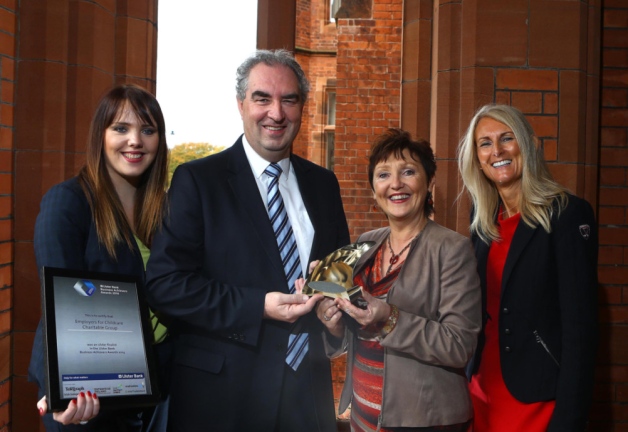Home
About Us
Page 2
b) Basic research that will determine the mechanisms involved in temporal establishment, maintenance, and resurgence of CNS-based HIV-1 reservoirs in relation to the effects and timing of HAART, viral expression, and viral evolution within the patient's brain.
|
|
c) The creation of several physiologically relevant animal models and CNS-based cellular assays that recapitulate HIV-1 persistence and latency in the presence of efficient HAART management.
d) Drug screening of potential agents that go beyond the blood-brain barrier and eliminate latent or other sources of residual virus within the CNS.
e) Design of therapeutic strategies aimed towards the eradication of HIV-1 from the CNS.
The funding agencies are set to administer funds in the amount of $2 million to support the initiatives of the program.
The institutions and organizations who will be considered eligible to submit an application under this program are the following:
a) Higher Education Institutions
b) Hispanic-serving Institutions and Historically Black Colleges and Universities (HBCUs)
c) Nonprofit organizations other than institutions of higher education
d) For-Profit Organizations such as Small Businesses
e) State Governments, County Governments, City or Township Governments, and Special District Governments
f) Independent School Districts
g) Public Housing Authorities
h) Faith-based or Community-based Organizations, and Regional Organizations.
Eradication of HIV from CNS Reservoirs: Implications for Therapeutics Grant Program
Back to Page 1
About The Author Michael Saunders is an editor of TopGovernmentGrants.com one the the most comprehensive Websites offering information on government grants and federal government programs. He also maintains Websites providing resources on environmental grants and grants for youth programs. |
Additional Resources
category - Health Grants
Harnessing Advanced Health Technologies to Drive Mental Health Improvement Program
Government Grants Within the United States Food and Nutrition Sector
Cancer Education Grants Program
Modeling Social Behavior Grant Program
Follow @topgovtgrant
Social Entrepreneurship
Spotlight
Childcare Charitable Group Named Top Social Enterprise

Employers For Childcare Charitable Group (EFCG), a Lisburn-based charity, has been crowned top Social Enterprise at the Ulster Final of 2014’s Ulster Bank Business Achievers Awards. EFCG seeks to “make it easier for parents with dependent children to get into work and to stay in work.”
